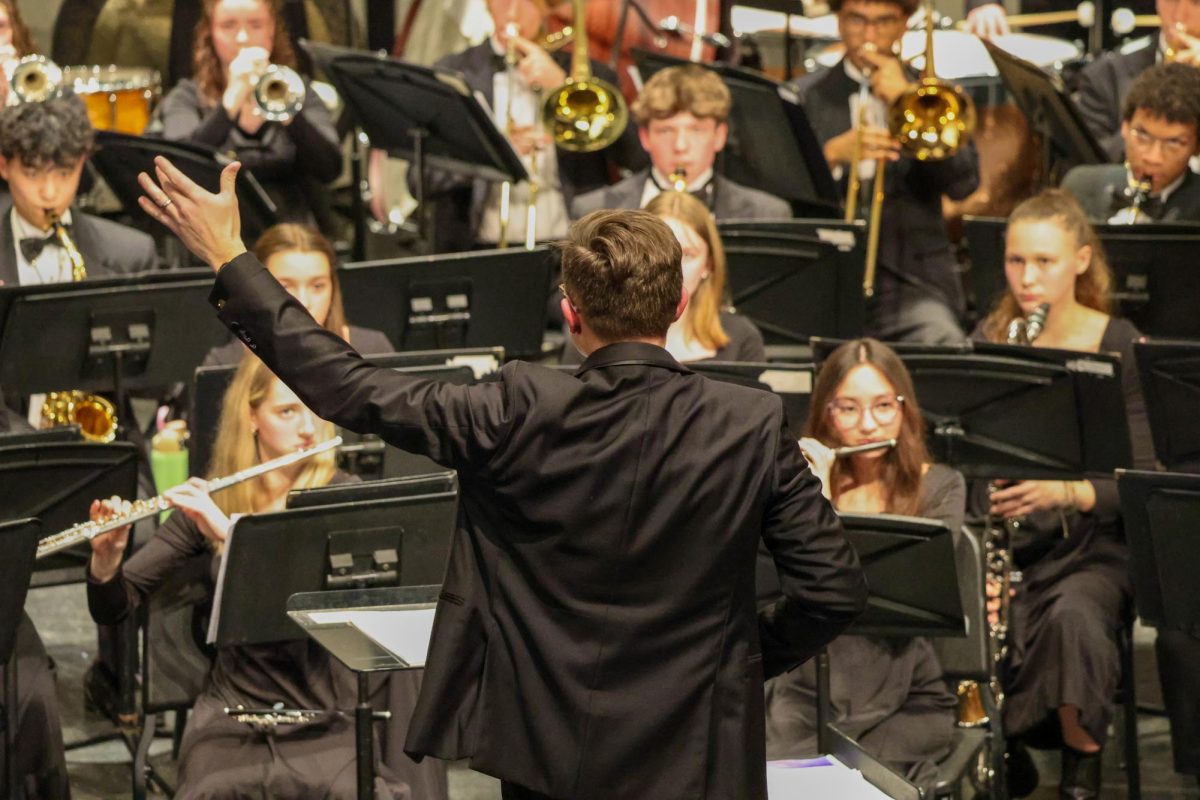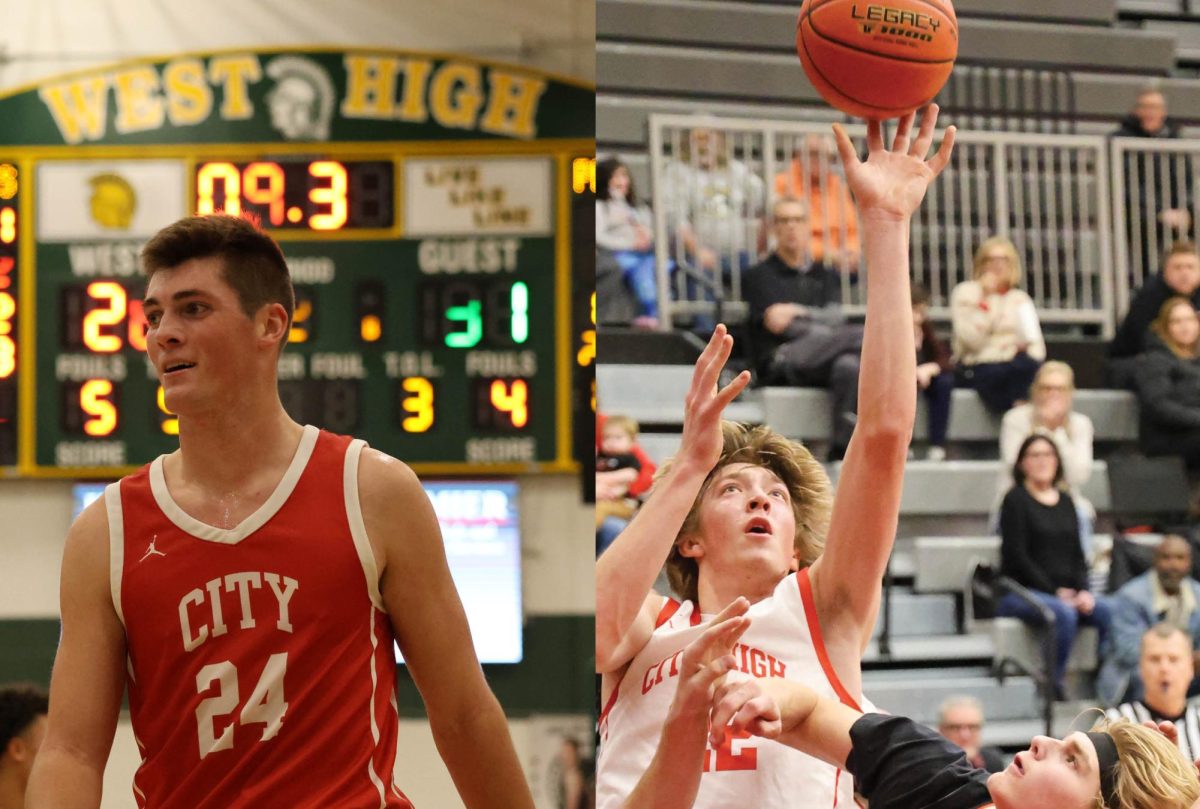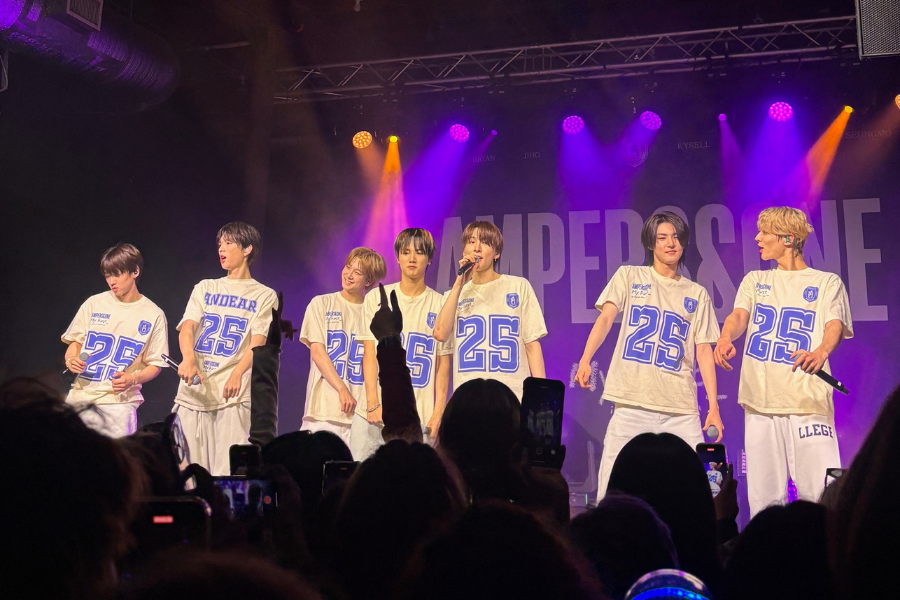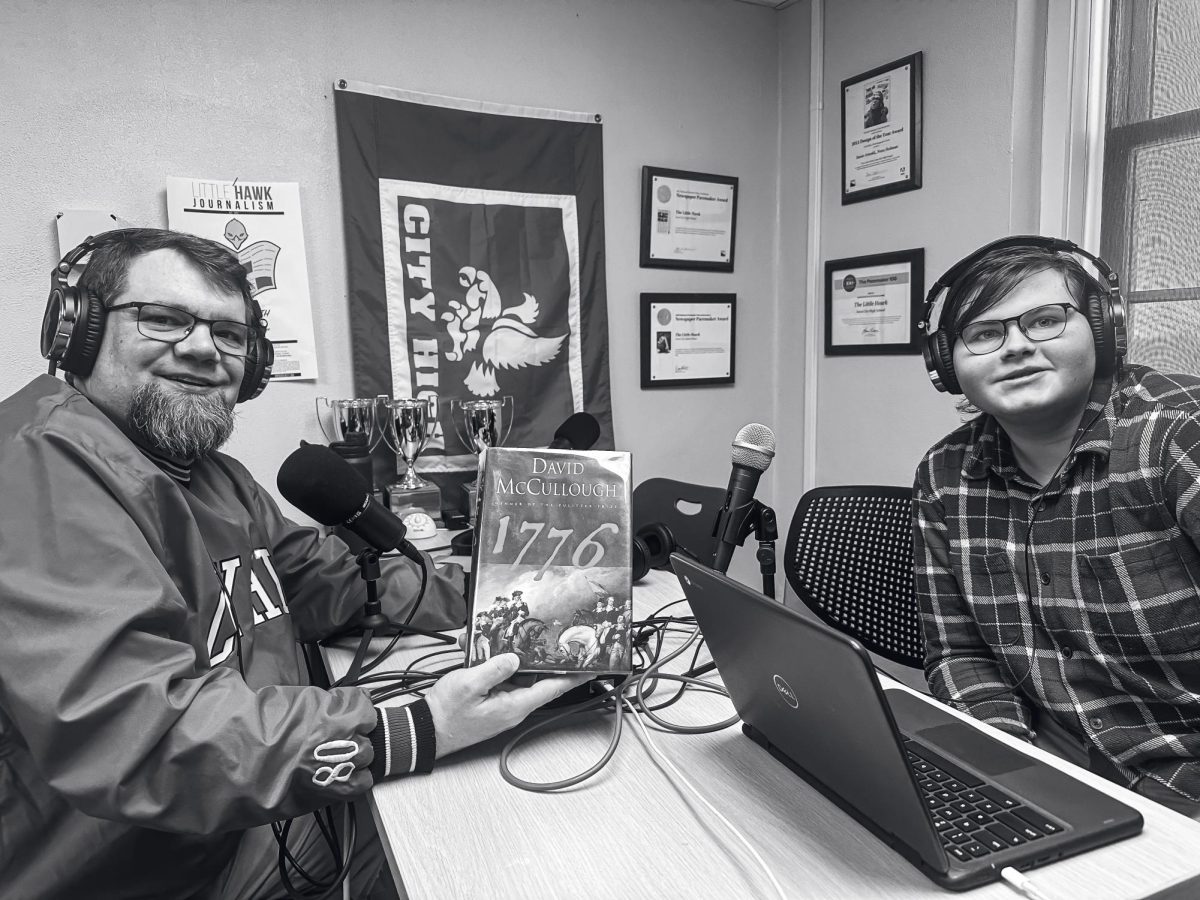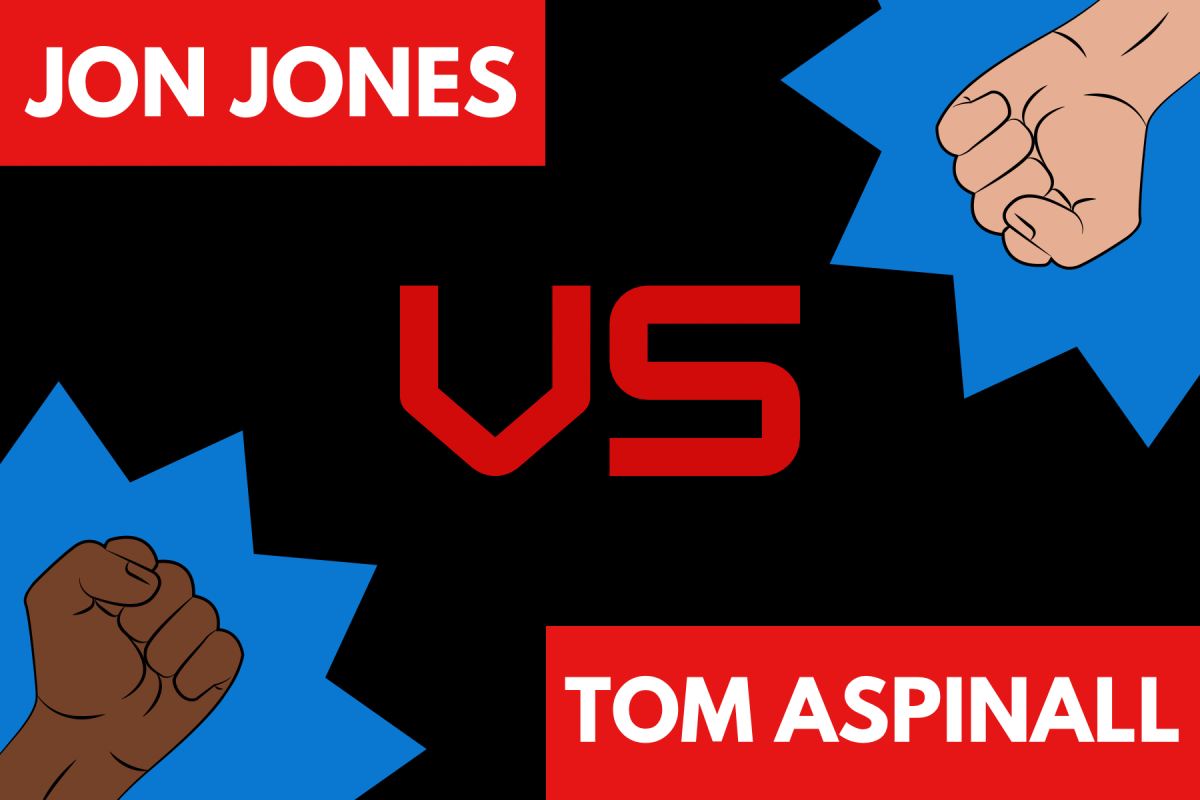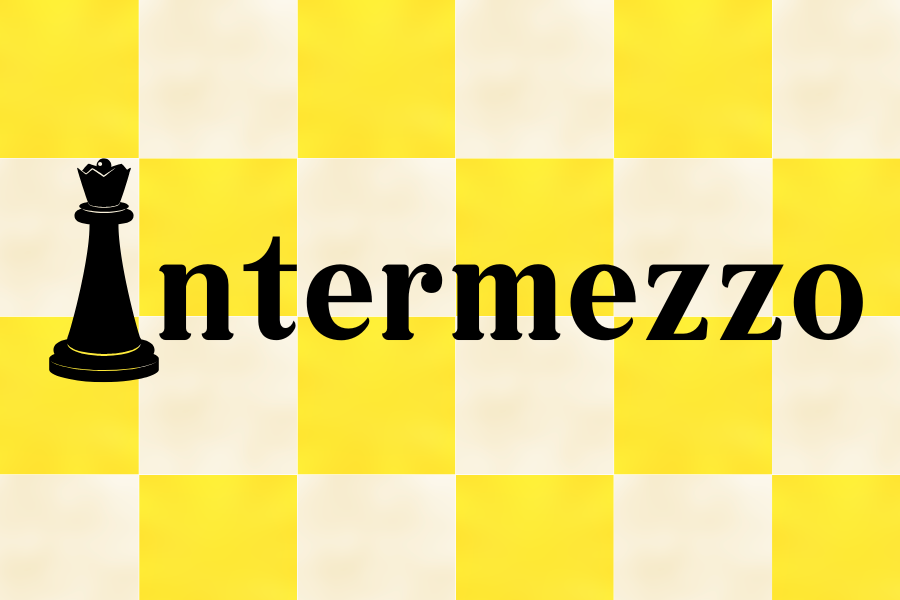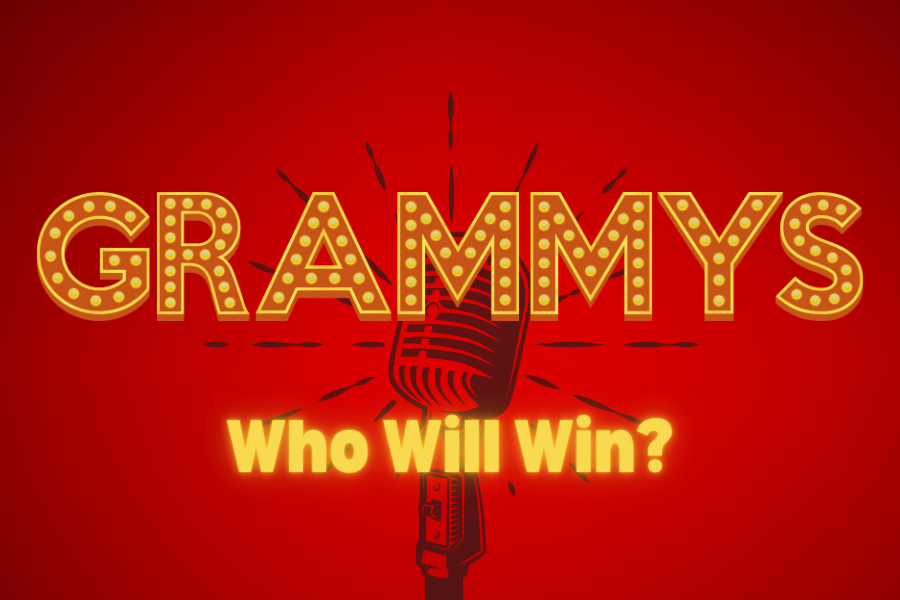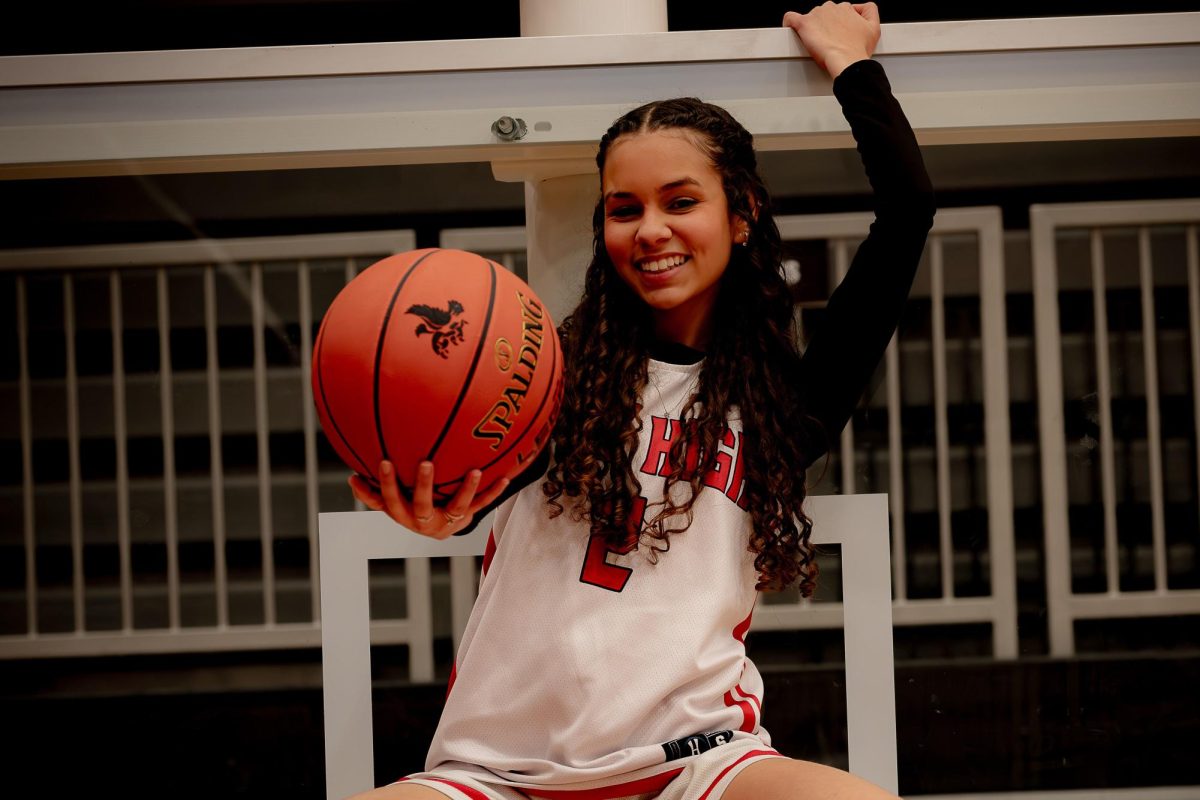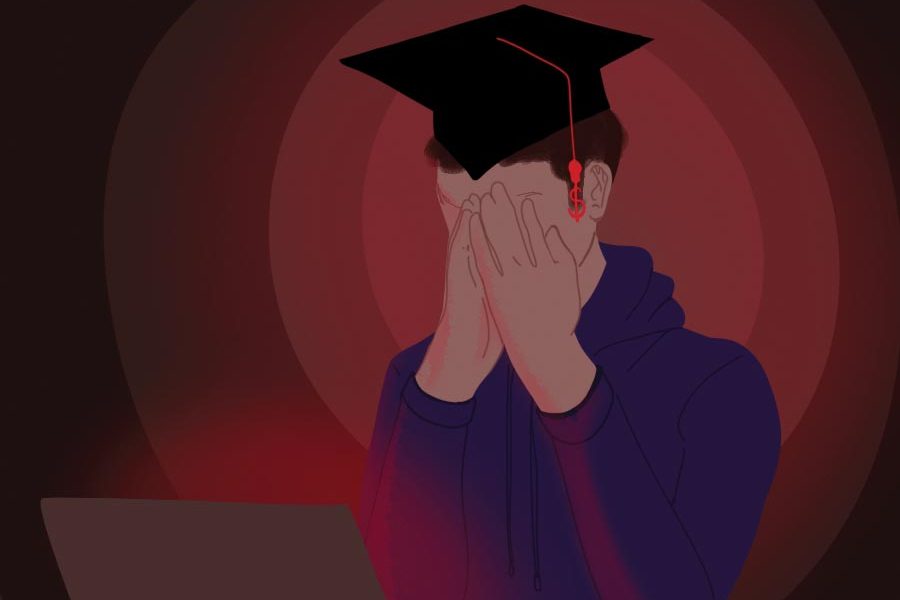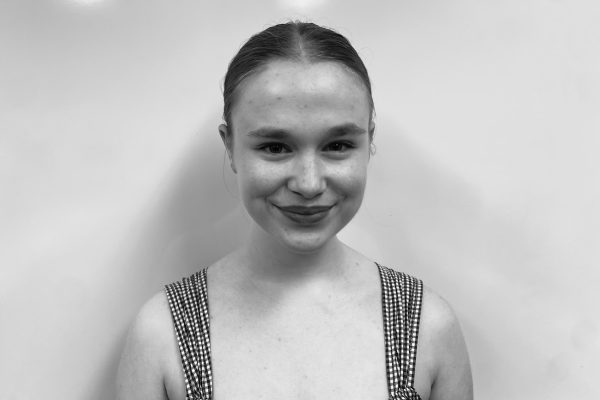STAFF EDITORIAL: The Distorted Reality of College Admissions
February 14, 2023
The thumbnail features the logos of every top twenty university in America. The text says something like, “I applied to 23 schools…”, and the video has hundreds of thousands of views. This is a college admissions reaction video, a cog in the machine of college-related social media content. These videos populate YouTube feeds every spring with titles like “My Chaotic College Reactions Video” or “College Decisions 2023 (Ivies, Top 20s, UCs, and more)”.
These videos all follow a pattern. They typically begin with the student giving a disclaimer: the college you get into doesn’t determine your self-worth. They say this before embarking with the viewer on a 20-minute journey showing the highs and lows of opening their college decisions. The students will scream and cry alongside their families because they ran the rat race and got into an elite school, the end goal that the vast majority of people making this content have.
One of the most notable aspects of this content is the normality of it all. The girl getting accepted into Harvard is sitting at her desk with her twin bed and Lana Del Rey vinyl in the background. She’s an every girl, completely normal on the face of it. Maybe the day before, she got accepted into another top institution while on a Starbucks run with friends. Sitting in her suburban home, this future Harvard grad is someone you could run into on the street. Her achievement appears attainable to the viewer, who might think: “Why shouldn’t I give getting into one of these elite institutions a shot? If she can, I can too.” Through this sort of content, the creator is packaging an all-around extraordinary experience in a veil of ordinariness and attainability.
This misguided viewer might forget that with an acceptance rate of only four percent, a school like Harvard is unattainable for the vast majority of hopeful college students. Beyond this miniscule rate of admission, the obstacles that exist for prospective college students are many. Were you able to visit campus? Did you have the time and money to enroll in a personalized SAT or ACT prep course? Further, did you have the time and money to build an extracurricular portfolio that will stand out to these elite institutions? Were you born to parents who are Ivy League alumni? These examples don’t even begin to touch the systemic poverty and racism issues in America.
Furthermore, college admissions content paints going to elite institutions as the ideal life path for their largely teenage audiences. Through this idealized portrayal, viewers may be convinced that gaining acceptance into an elite school is the be-all end-all. These videos fail to communicate that attending one of the oft featured elite institutions may not even be the right fit for many students. Size, location, demographics, programs offered, cost and debt accrued, and proximity to family are just some of the considerations made when choosing a college. Is a four-year college the right fit for me? And is that what I want to do?
Fundamentally, it is not a bad thing to want to attend an elite college. Elite institutions provide quality education as well as social networking and social capital that last alumni throughout their lives. It is not a bad thing to want the security and upward mobility that a degree from an elite institution almost certainly guarantees – especially as we enter times of great economic uncertainty and income inequality.
A possible solution to the issue of inequity in college admissions might be to adopt the Fair College Admissions for Students Act, which was introduced to congress by Rep. Jamaal Bowman and Sen. Jeff Merkley. The bill would keep institutions who give preference to students with legacy or donor status from participating in Federal student aid programs. Legacy programs are historically rooted in racism and anti-semitism. Today, according to the ACLU, they “disproportionately give preference to white and wealthy student applicants.” Legislation such as this would help to tamp down on the 10%-25% of admissions spots that are filled by legacy students at top universities.
Furthermore, putting an end to early admissions, particularly the early decision process, would help to achieve more equity in admissions. Early decision admissions entails a student committing to a college, if accepted through this avenue, in a binding contract. The issue is that this is done without seeing the full financial aid package that the college will give the prospective student. This type of admissions gives wealthy, predominantly white students a huge advantage. For instance, students who apply early decision to an Ivy League school have up to a 23% chance of getting admitted versus a 5%-11% chance of admission through regular admissions.
It is also important for the public to recognize the subjective and arbitrary nature that collegiate rankings have. For example, Columbia University recently fell from the second-best university in America to the 18th, according to the US News & World Report’s College Ranking. Many of the institutions high in these rankings are backed by billion-dollar endowments and can afford to be stiflingly exclusive. These rankings, and the institutions that they bolster, only serve a very small percentage of Gen Z. Higher education’s purpose should not be exclusivity. Rather, it should be to provide all students, regardless of privilege, with the necessary tools to succeed in life. As Education Secretary Miguel Cardona recently said, “Many institutions spend enormous time and money chasing rankings they feel carry prestige, but in truth, ‘do little more than “xerox privilege,”’ as one HBCU president says.”
It is not the content creator’s job to address and deconstruct the many inequities in the college admissions process. However, it is important for the viewer and the public to take the veil off the package and to understand the extraordinary nature of what they’re consuming. This version of reality, like the rest of social media, is distorted.








